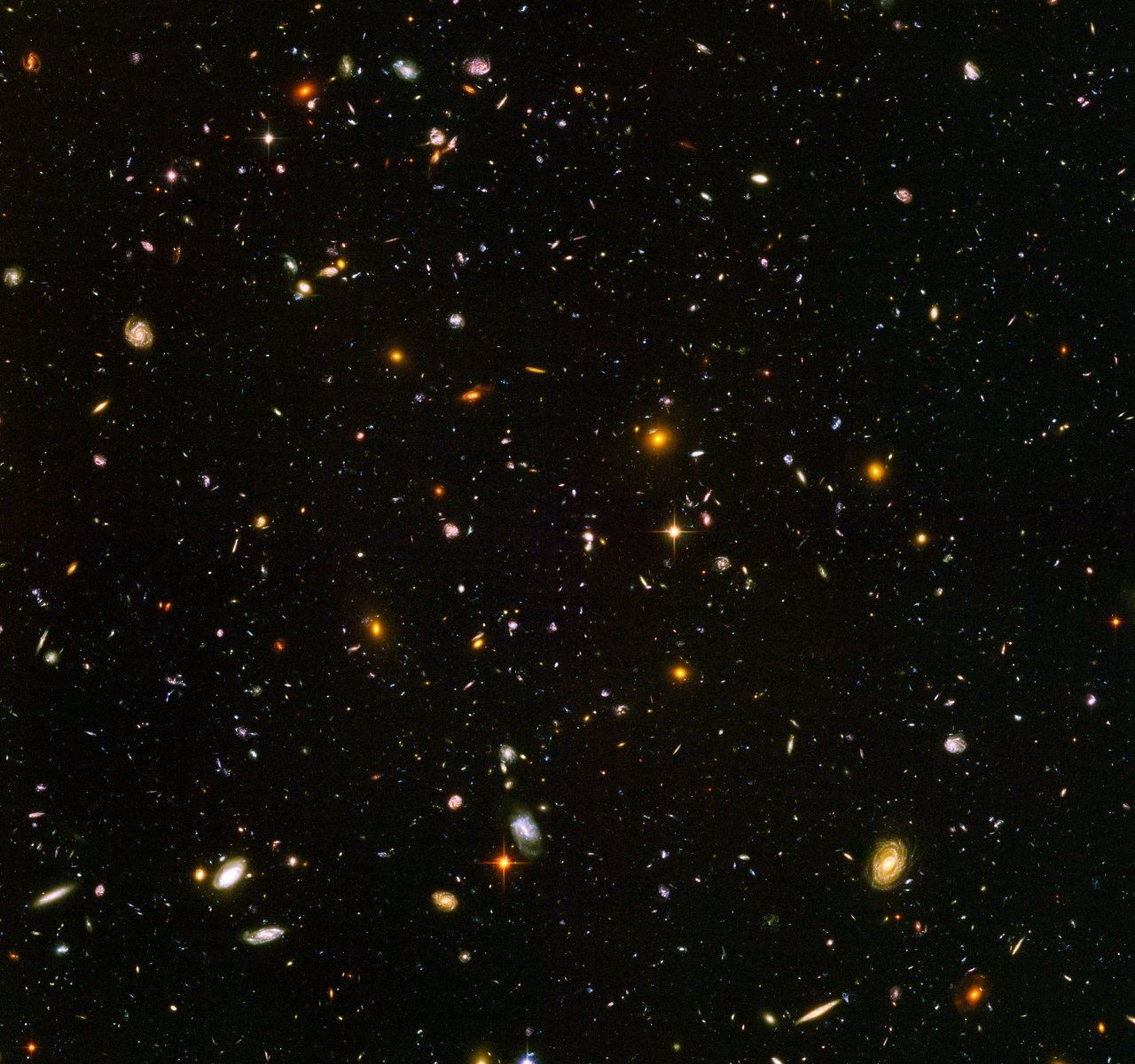The Milky Way Galaxy contains an estimated one hundred billion stars. Between these lies the Interstellar Medium (ISM), a region permeated by gas and dust grains. This dust is largely composed of heavier elements, including silicate minerals, ice, carbon, and iron compounds. This dust plays a key role in the evolution of galaxies, facilitating the gravitational collapse of gas clouds to form new stars. This galactic dust is measurable by how it attenuates starlight from distant galaxies, causing it to shift from ultraviolet to far-infrared radiation.
However, the origin of various dust grains is still a mystery, especially during the early Universe when heavier elements are thought to have been scarce. Previously, scientists believed that elements like carbon took hundreds of millions of years to form and could not have existed before about 2.5 billion years after the Big Bang. Using data obtained by the JWST Advanced Deep Extragalactic Survey (JADES), an international team of astronomers and astrophysicists report the detection of carbonaceous grains around a galaxy that existed roughly 1 billion years after the Big Bang.
The research team comprised astronomers and astrophysicists from multiple universities and institutes worldwide. This included the Kavli Institute for Cosmology, the Cavendish Laboratory, the European Space Agency (ESA), the European Southern Observatory (ESO), the Space Telescope Science Institute (STScI), the Herzberg Astronomy and Astrophysics Research Centre, the National Optical-Infrared Astronomy Research Laboratory (NOIRLab), ASTRO 3D, and the Harvard & Smithsonian Center for Astrophysics (CfA). The paper that describes their findings recently appeared online and is being reviewed for publication.

The JADES program is an extragalactic survey and a collaborative effort between the JWST Near-Infrared Camera (NIRCam) and Near-Infrared Spectrograph (NIRSpec) instrument teams. The purpose is to conduct deep parallel mid-infrared imaging and spectroscopy of roughly 100,000 galaxies in two extragalactic deep fields (GOODS-South (CDF-S) and GOODS-North (HDF)). These fields were previously imaged in the optical, infrared, and ultraviolet (UV) bands by the Hubble, Spitzer, and Chandra space telescopes as part of the Great Observatories Origins Deep Survey (GOODS).
So far, the JADES survey has pushed the boundaries of astronomy by discovering and confirming galaxies that are about 13.4 billion light-years away – the most distant galaxies ever observed. By comparing these to the optical spectroscopy and morphology of galaxies 10 to 11.5 light-years distant, JADES will reveal more about the early phases of galaxy formation. Of particular concern is the role of cosmic dust – the stuff stars, planets, organic molecules, and all life are made of – and when certain grains formed.
The JWST is particularly well-suited to studying dust grains because of its advanced infrared imaging capabilities. As Dr. Joris Witstok, a Postdoctoral Research Associate at the Kavli Institute for Cosmology (University of Cambridge), told Universe Today via email:
“Dust grains catalyze the formation of molecules and the fragmentation of gas clouds, two mechanisms that are essential to star formation. Furthermore, while the dust mass of a galaxy is negligible compared to its stellar or gas mass, dust grains absorb a significant fraction of the optical and ultraviolet (UV) light and thermally re-emit the absorbed energy in the infrared (IR).”

Based on the data obtained from these fields, the team observed direct evidence of carbonaceous grains that existed up to one billion years after the Big Bang (ca. over 13 billion years ago). This was evident from the broad UV absorption feature in the deep near-infrared spectra (2175 angstrom). This feature had previously been observed only in older galaxies at redshifts of z=< 3 (less than 11.476 billion years ago). These grains were previously believed to be produced by Red Giant stars over the course of hundreds of millions of years. Said Witstok:
“Most dust formation models typically rely on carbonaceous dust grains being formed in the stellar winds of asymptotic giant branch (AGB) stars, while stars can only reach this evolutionary stage ~300 million years after they form. Therefore, it is surprising to see evidence for carbon dust in such early galaxies, the most distant of which is seen when the age of the Universe was only 800 million years: this implies its star formation started only a few hundred million years after the Big Bang (which, in cosmic timescales, is very early), or instead the carbonaceous dust grains can be formed through another faster mechanism.”
These results imply that a more rapid mechanism was responsible for forming carbonaceous dust grains in the early Universe. As Witstok explained, he and his colleagues suspect that supernovae seeded the early Universe with carbon as they blew off their outer layers. In short, their findings suggest that certain elements may have spread through galaxies faster than previously thought. The implications this could have for prevailing theories of galaxy formation and evolution are immense, not to mention our cosmological models and our understanding of how and when life emerged in the cosmos. As Witstok summarized:
“It is possible we could be seeing the effects of a type of astrophysical event that is more common in the early Universe, and we simply hadn’t seen before (supernovae from very metal-poor stars that produce more carbon, for example). Implications of this may include a faster enrichment of certain elements and, more broadly, a different mechanism of disturbing the process of star formation in the early stages of galaxy evolution. Of course, many follow-up studies are required before we can draw such conclusions.”
Further Reading: arXiv

